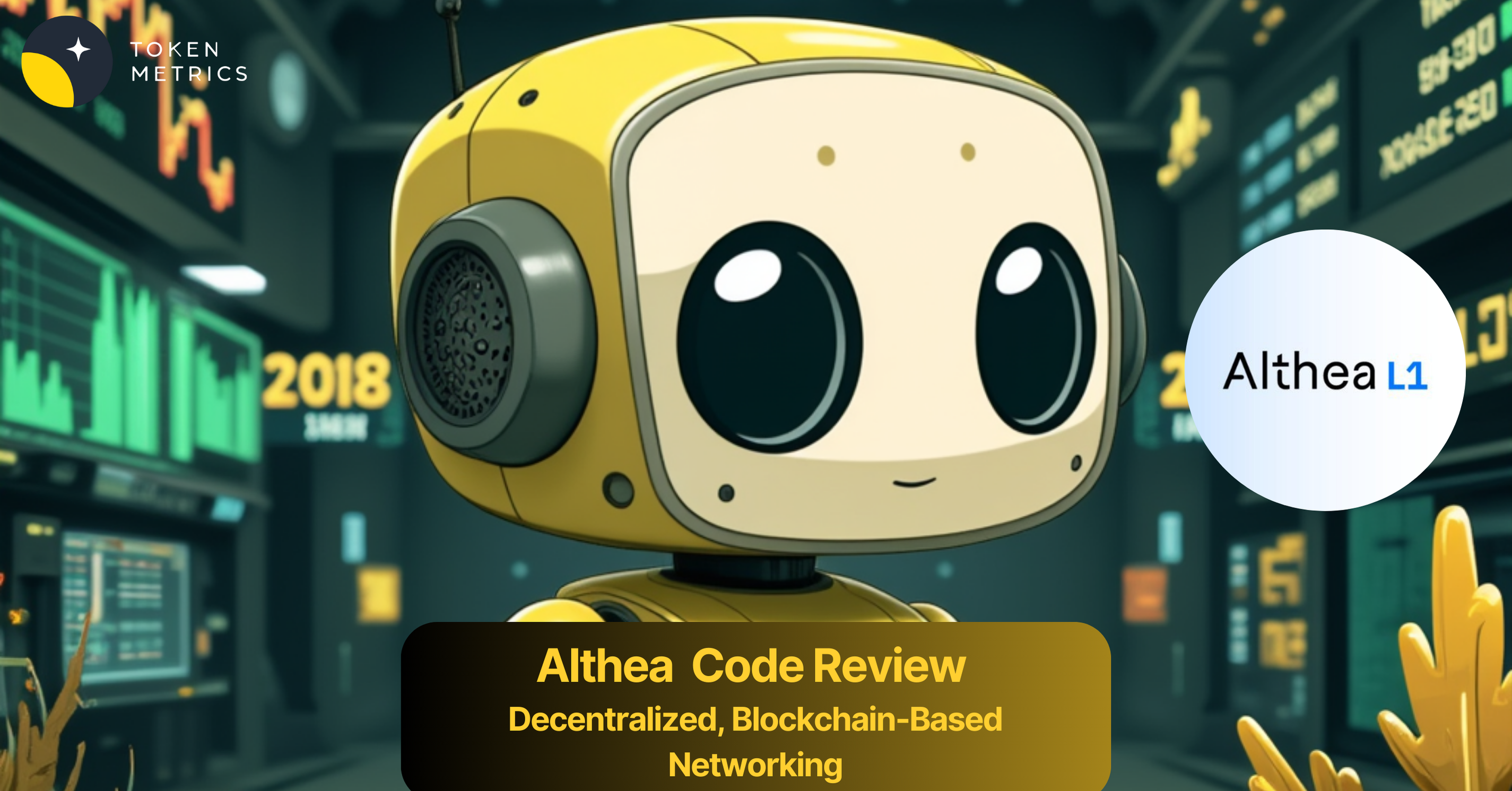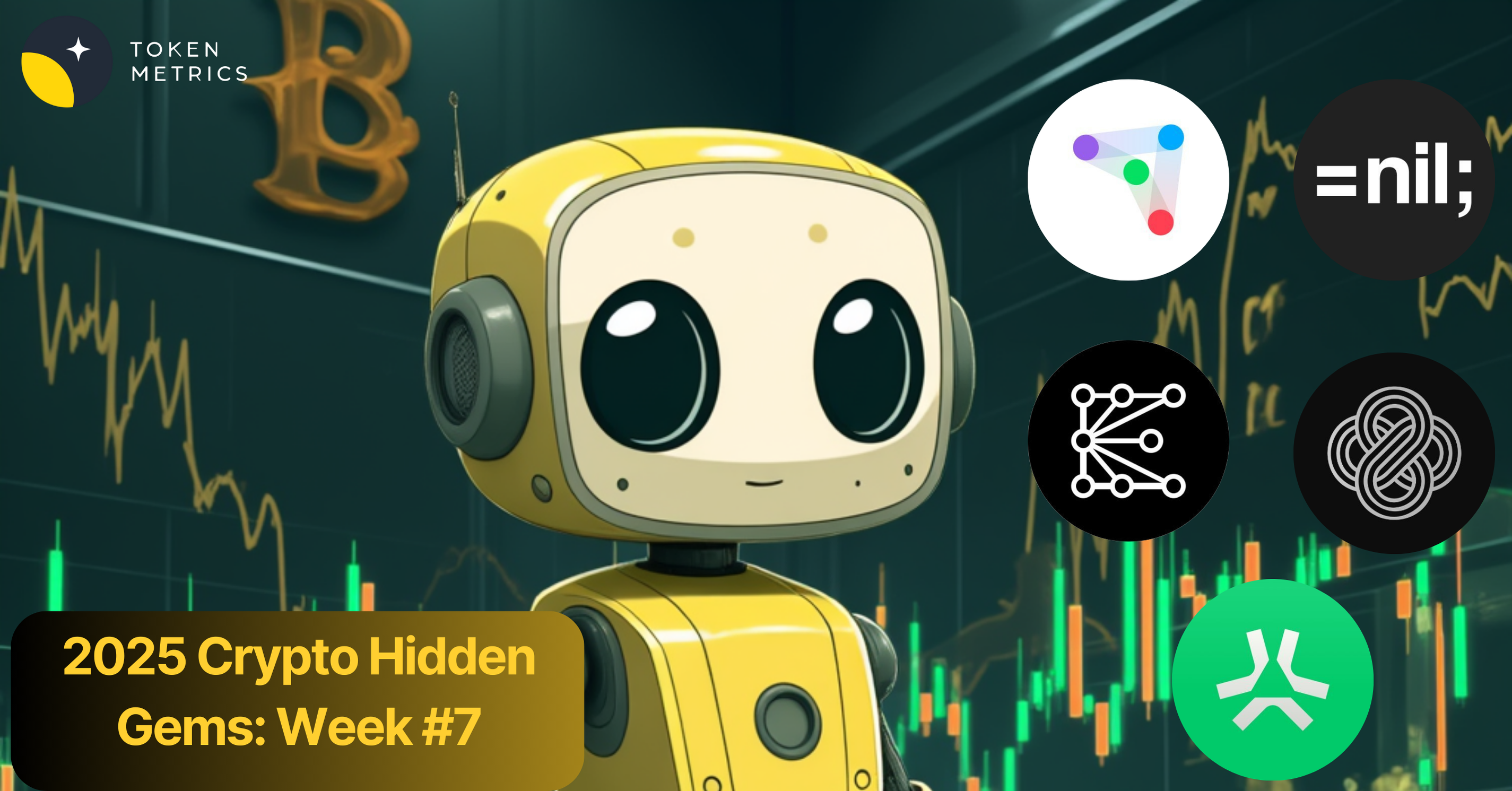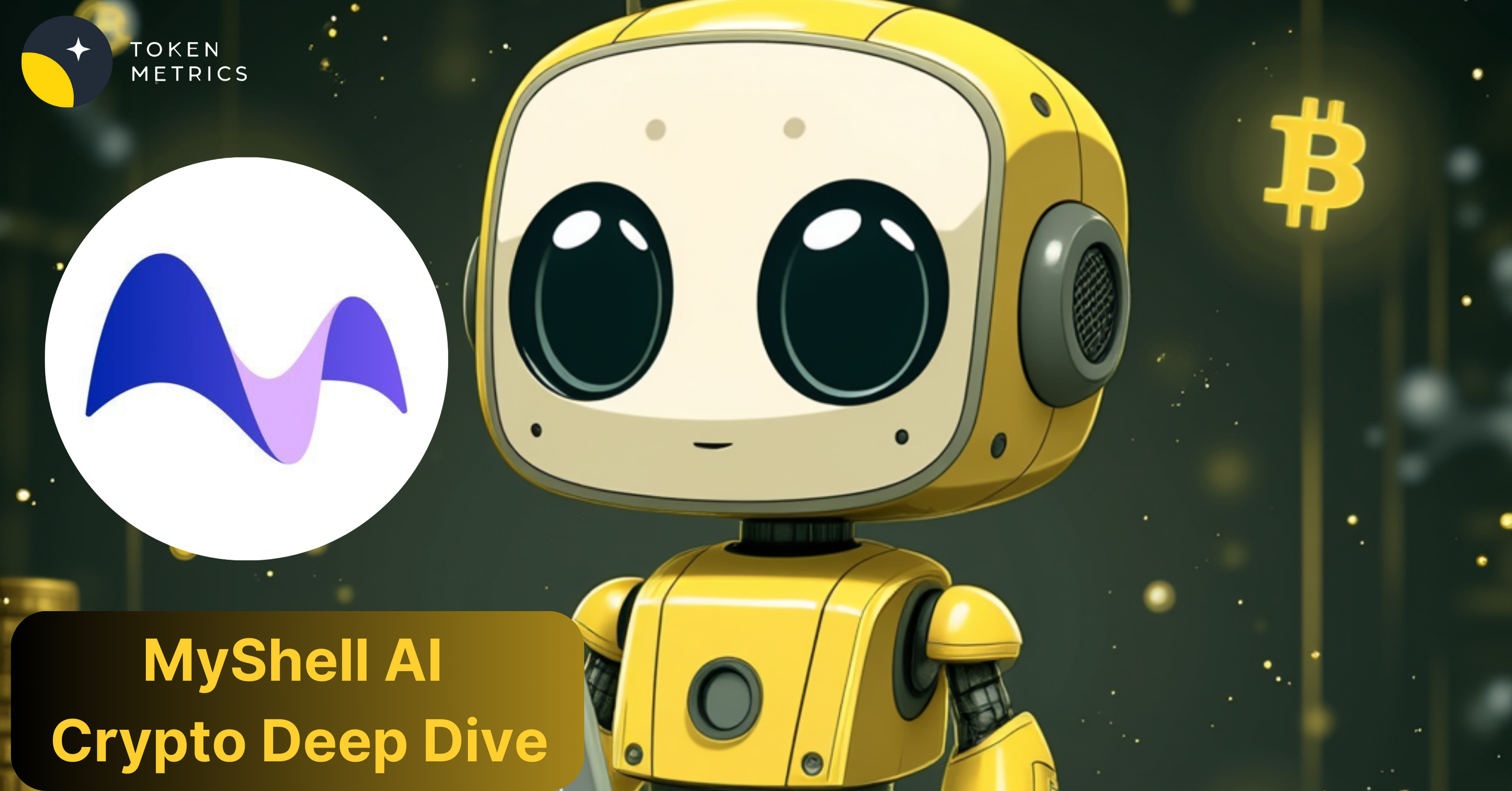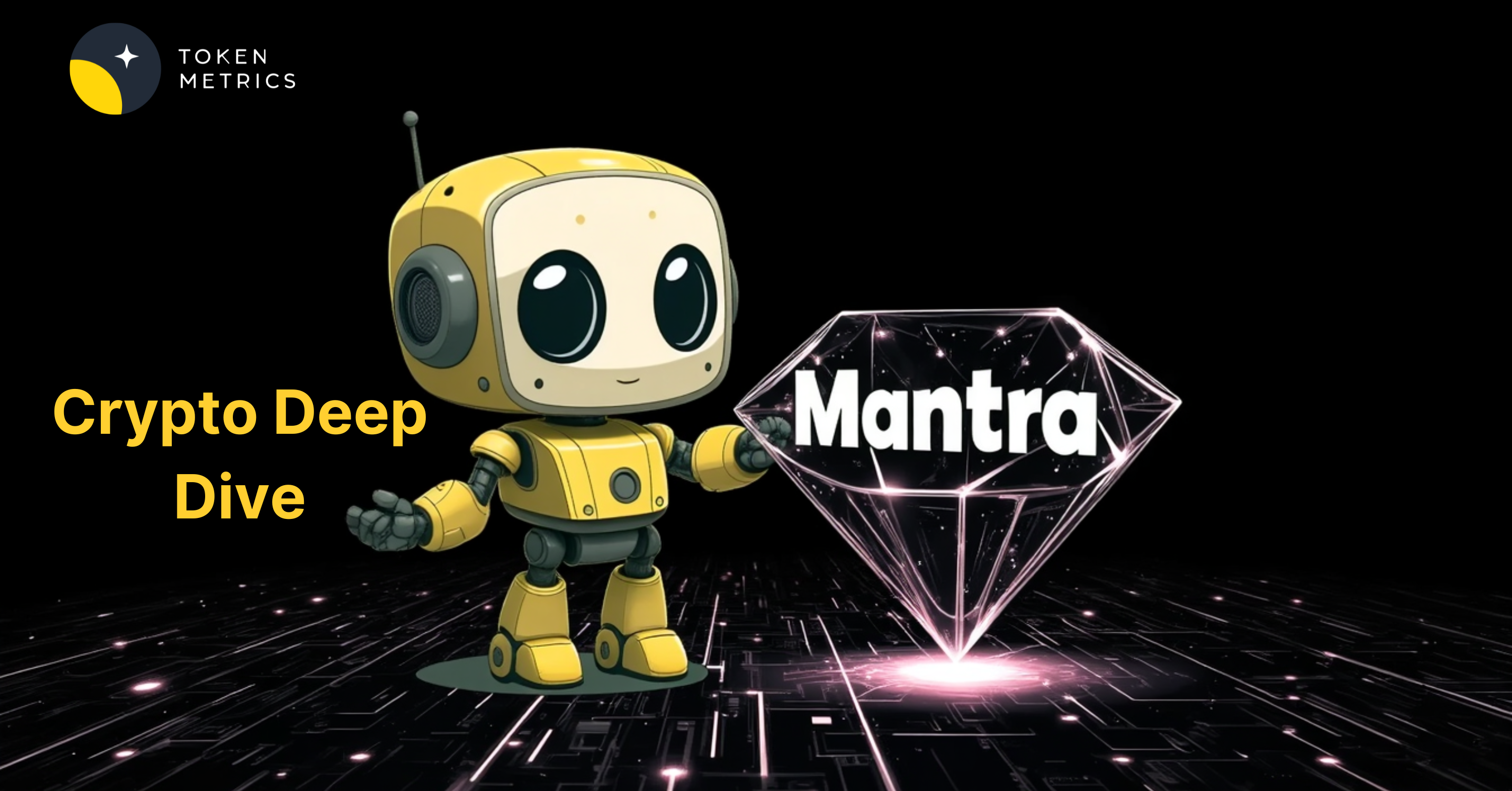Introduction
Bless Network introduces a decentralized computational network aggregating unused computing power from everyday devices, such as laptops, desktops, and mobile devices. By leveraging these idle resources, Bless aims to create a shared computing infrastructure that supports decentralized applications (dApps) and intensive computational tasks. This review critically examines the network’s innovation, architecture, code quality, product roadmap, usability, team, and overall potential.
Innovation
Bless Network is a global shared computer that democratizes access to computational power. A decentralized model enables users to contribute idle resources and receive rewards, fostering an equitable ecosystem. Key innovations include:
- Dynamic Resource Matching: Tasks are allocated to devices based on their capabilities, maximizing efficiency.
- WebAssembly (WASM) Integration: Ensures secure execution and supports multiple programming languages, broadening developer accessibility.
- Decentralized Task Distribution: Uses a randomized node system to prevent resource bottlenecks and optimize workload execution.
Architecture
Bless Network employs a layered architecture to ensure scalability and resilience:
- Node Infrastructure: Nestled Nodes: Handle lightweight computational tasks.
- High-Performance Servers: Execute more resource-intensive workloads, such as AI model training.
- Task Orchestration: Orchestration Layer: Aligns workloads with suitable nodes dynamically.
- Verification Mechanism: Ensures tasks are correctly executed, and rewards are distributed accordingly.
- Network-Neutral Applications (nnApps): A decentralized application framework that eliminates reliance on centralized infrastructure.
Code Quality
While the specifics of the codebase remain undisclosed, several technical choices indicate a focus on performance and security:
- WASM Runtime: Ensures a sandboxed execution environment, reducing security risks.
- Proof of Stake (PoS) Model: Strengthens network integrity by requiring token staking for participation.
- Dynamic Verification Mechanism: Aims to enhance trust and accuracy in task execution.
Product Roadmap
Bless Network has outlined a structured development path:
- Q4 2024: Testnet Launch – Introduction of decentralized applications powered entirely by user-provided resources.
- Dynamic Verification Enhancements – Strengthening task validation mechanisms.
- Expanded Developer Support – Improved tooling and SDKs for seamless integration.
Usability
The network’s design ensures accessibility for both end-users and developers:
- Easy Device Participation: Users only need a stable internet connection to contribute computational power.
- Multi-Platform Support: Compatibility with desktops, laptops, and mobile devices enhances adoption.
- Developer-Friendly Approach: Support for multiple programming languages (Python, JavaScript, Go, Rust) through WASM.
Team
The effectiveness of Bless Network’s execution largely depends on the team behind it. While technical choices suggest a strong development background, further transparency regarding leadership, advisory board, and industry partnerships would strengthen confidence in its long-term viability.
Conclusion
Bless Network presents an ambitious vision for decentralized computing, with innovative workload distribution, a robust technical framework, and a clear roadmap. However, its success hinges on practical implementation, security robustness, and user adoption. The upcoming testnet will be a critical milestone in determining its practicality and performance in real-world applications.
| Initial Screening | |||
| Keep researching | |||
| Does this project need to use blockchain technology? | Yes | ||
| Can this project be realized? | Yes | ||
| Is there a viable use case for this project? | Yes | ||
| Is the project protected from commonly known attacks? | Yes | ||
| Are there no careless errors in the whitepaper? | Yes | ||
| Project Technology Score | |||
| Description | Scorecard | ||
| Innovation (Out Of 11) | 9 | ||
| How have similar projects performed? | Good | 2 | |
| Are there too many innovations? | Regular | 2 | |
| Percentage of crypto users that will use the project? | 6%-10% | 3 | |
| Is the project unique? | Yes | 2 | |
| Architecture (Out of 12) | 9 | ||
| Overall feeling after reading whitepaper? | Good | 2 | |
| Resistance to possible attacks? | Good | 2 | |
| Complexity of the architecture? | Not too complex | 2 | |
| Time taken to understand the architecture? | 20-50 min | 1 | |
| Overall feeling about the architecture after deeper research? | Medium | 2 | |
| Has the project been hacked? | No | 0 | |
| Code Quality (out of 15) | 13 | ||
| Is the project open source? | Yes | 2 | |
| Does the project use good code like C,C++, Rust, Erlang, Ruby, etc? | Yes | 2 | |
| Could the project use better programming languages? | No | 0 | |
| Github number of lines? | More than 10K | 1 | |
| Github commits per month? | More than 10 | 2 | |
| What is the quality of the code? | Good | 2 | |
| How well is the code commented? | Outstanding | 2 | |
| Overall quality of the test coverage? | Good | 1 | |
| Overall quality of the maintainability index? | Good | 1 | |
| When Mainnet (out of 5) | 5 | ||
| When does the mainnet come out? | Mainnet | 5 | |
| Usability for Infrastructure Projects (out of 5) | 5 | ||
| Is it easy to use for the end customer? | Yes | 5 | |
| Team (out of 7) | 5 | ||
| Number of active developers? | 3+ | 1 | |
| Developers average Git Background? | Intermediate | 1 | |
| Developers coding style? | Outstanding | 3 | |
| Total Score (out of 55) | 46 | ||
| Percentage Score | |||
| Innovation | 16.36% | ||
| Architecture | 16.36% | ||
| Code Quality | 23.64% | ||
| Mainnet | 9.09% | ||
| Usability | 9.09% | ||
| Team | 9.09% | ||
| Total | 83.64% |





